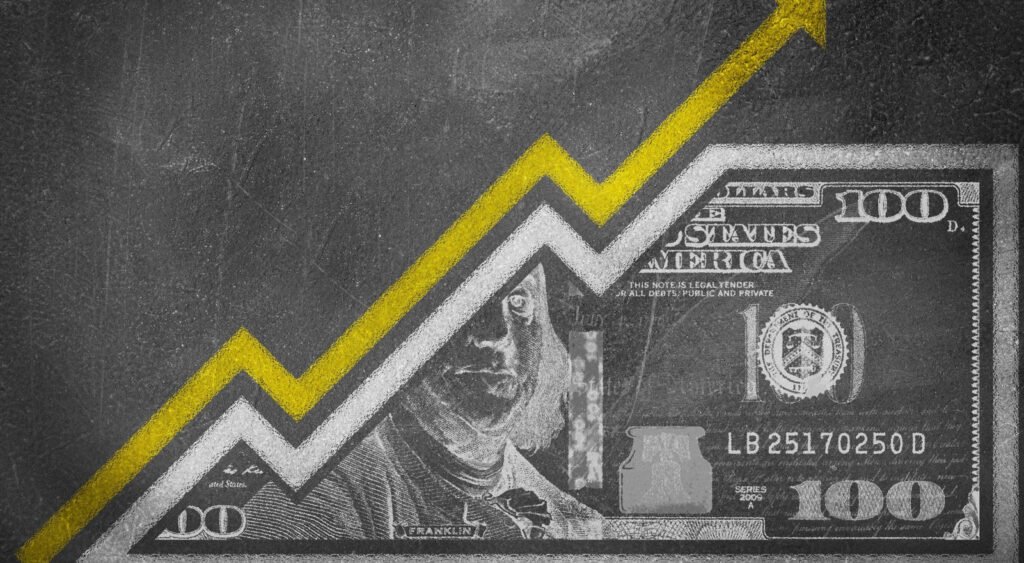Every time you hear that U.S. Treasury yields are hitting new highs—like the 10-year yield crossing 4.55% or the 30-year climbing past 5.03%—you might be tempted to tune out, thinking it’s just financial jargon. But for investors and everyday consumers alike, this matters a lot.
Let’s break it down in plain terms.
What Are Bond Yields, and Why Are They Rising?
Think of Treasury yields as the interest rate the U.S. government must pay to borrow money. When yields go up, it means borrowing is becoming more expensive—not just for governments, but also for businesses and individuals like you.
Rising yields reflect two big concerns among investors:
- Persistent inflation – When inflation remains high, investors demand higher yields to compensate for the eroding value of future returns.
- Skyrocketing U.S. debt – With national debt exceeding $36 trillion, lenders want more compensation for the rising risks.
How It Affects You
- Higher borrowing costs:
Mortgage rates, car loans, credit cards—all become more expensive. That sub-3% mortgage from 2021 is now a relic of the past. With bond yields rising, banks raise the rates they charge you too. - Tougher for stocks:
When “safe” bonds offer 4–5% returns, riskier assets like stocks—especially growth stocks or highly leveraged companies—become less attractive. Investors shift toward lower-risk returns, putting downward pressure on stock prices. - Real estate slowdown:
Homebuyers face higher mortgage rates, reducing affordability. On the commercial side, developers and property owners deal with higher financing costs, and investors might prefer government bonds over rental yields. - Retirement savers find relief:
If you’re nearing retirement, there’s finally some good news: U.S. government bonds and CDs are offering solid yields again, often around 5%. That’s a huge improvement from the near-zero interest rate environment that persisted for years.
The Fed’s Dilemma
Here’s the strange part: The Federal Reserve has started easing short-term interest rates, but long-term yields remain stubbornly high. That’s a rare disconnect. It means markets don’t fully believe inflation is under control—and they’re demanding higher returns just in case. This puts pressure on the Fed, which now must choose between cutting rates to support the economy (and possibly fueling inflation), or keeping them high and risking a slowdown.
Add to that political pressure—like Donald Trump calling for lower rates—and it becomes clear the Fed is navigating a minefield.
It’s a Global Phenomenon
Rising bond yields aren’t just a U.S. problem. Since U.S. Treasuries are the benchmark for global borrowing, higher yields here affect borrowing costs across the world—from emerging markets to developed economies. It’s a domino effect shaking up financial systems globally.
What Should You Do?
- Diversify into bonds: With yields at 4–5%, bonds are finally worth a spot in your portfolio—not just for returns, but also for stability.
- Stay selective with stocks: Favor companies with low debt and strong cash flows. Avoid those overly reliant on cheap borrowing.
- Keep emergency savings in high-yield accounts: These now offer decent returns, often above 4%.
- Avoid over-leverage: With borrowing costs higher, avoid taking on new debt unless absolutely necessary.
The Bottom Line
Rising bond yields are reshaping the financial landscape. They offer better returns for savers but spell challenges for borrowers, investors, and policymakers. For everyday investors, it’s time to rethink portfolios, reduce risk where possible, and take advantage of the return of safer income opportunities.
In a world of uncertainty, your best strategy is to stay informed, stay diversified, and remain flexible.



